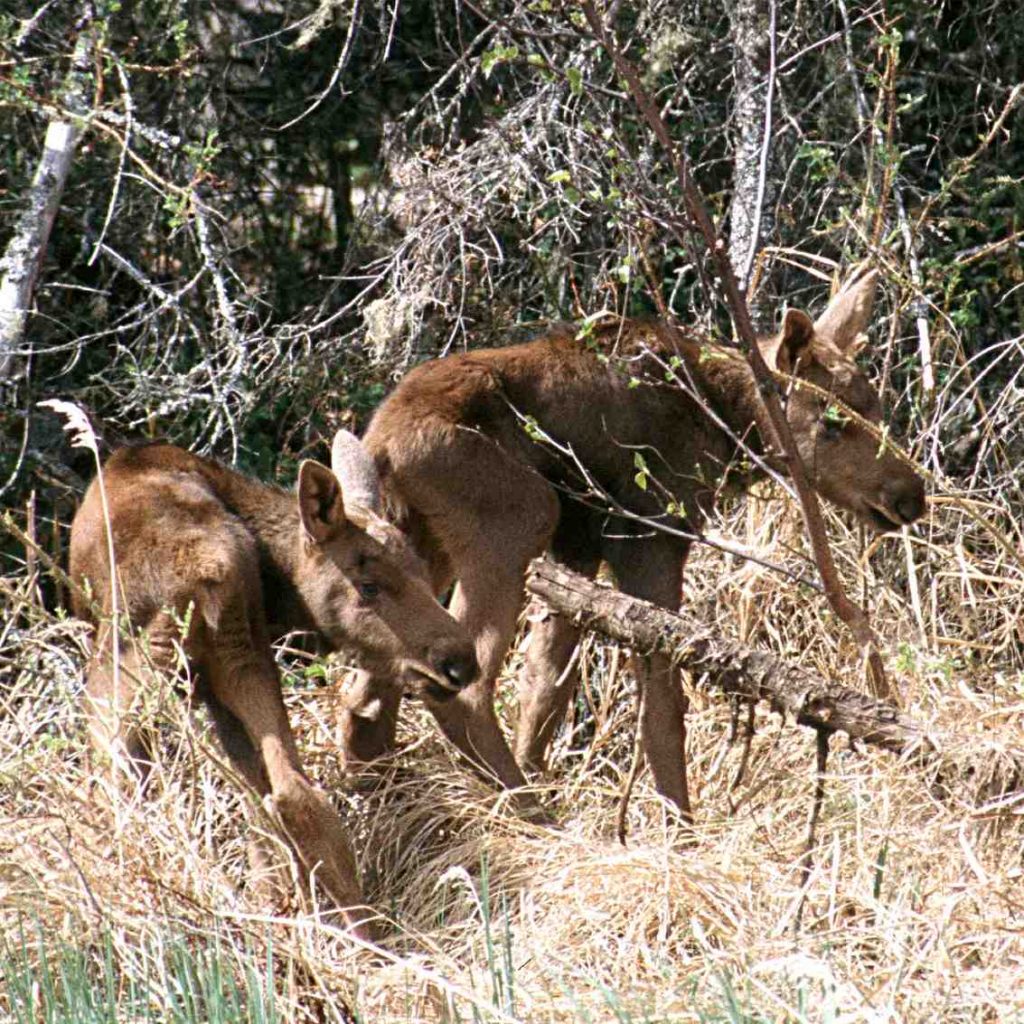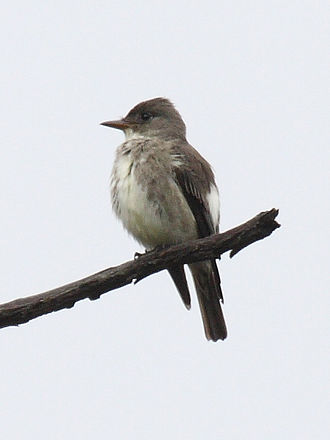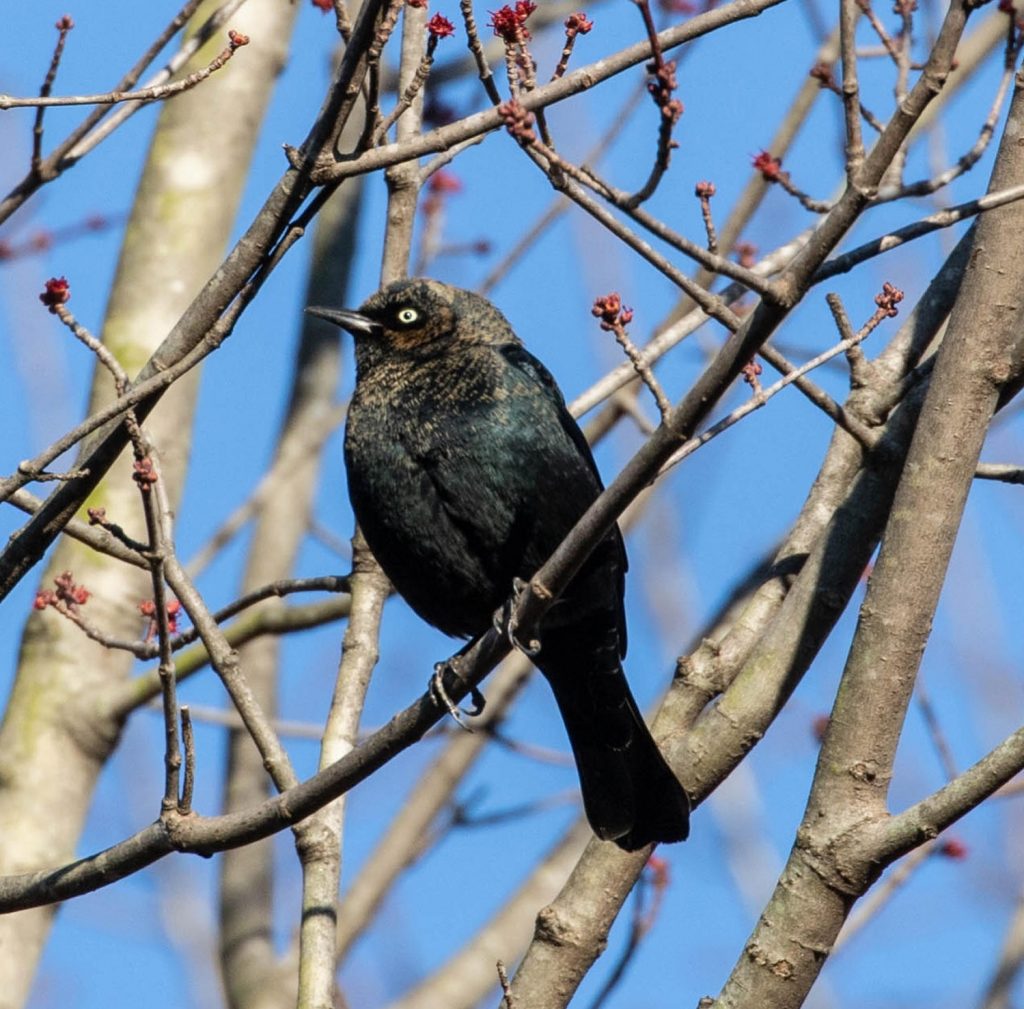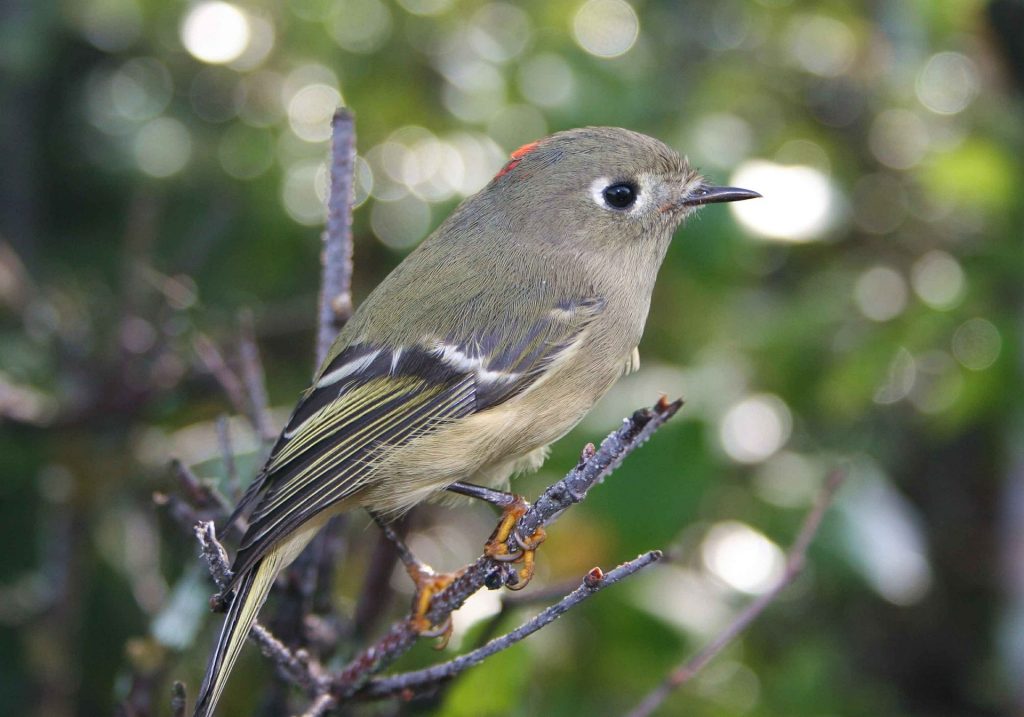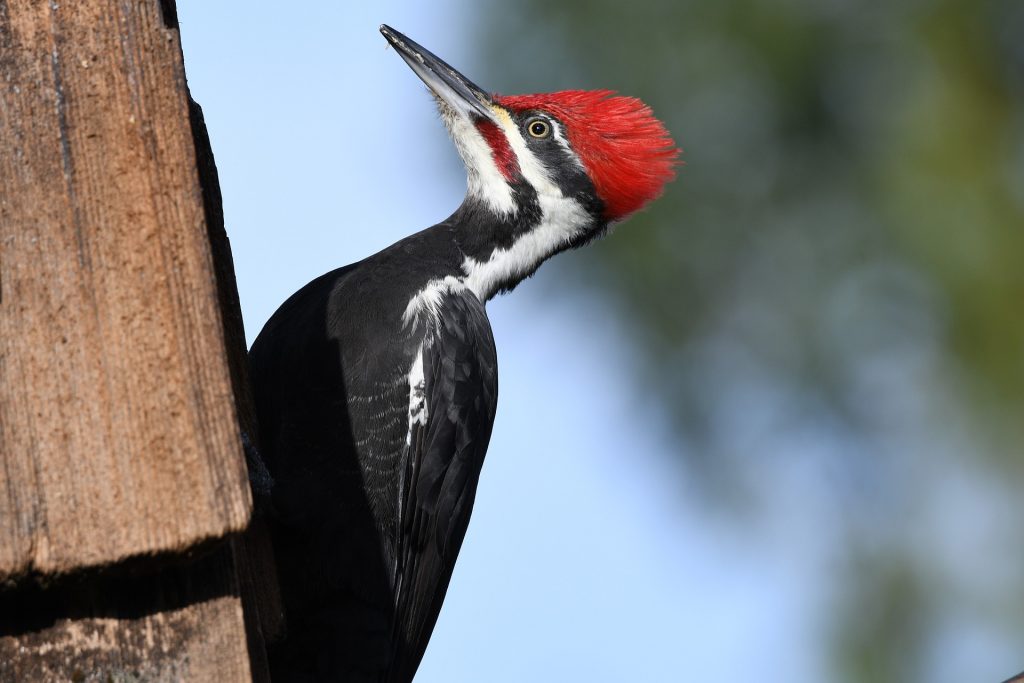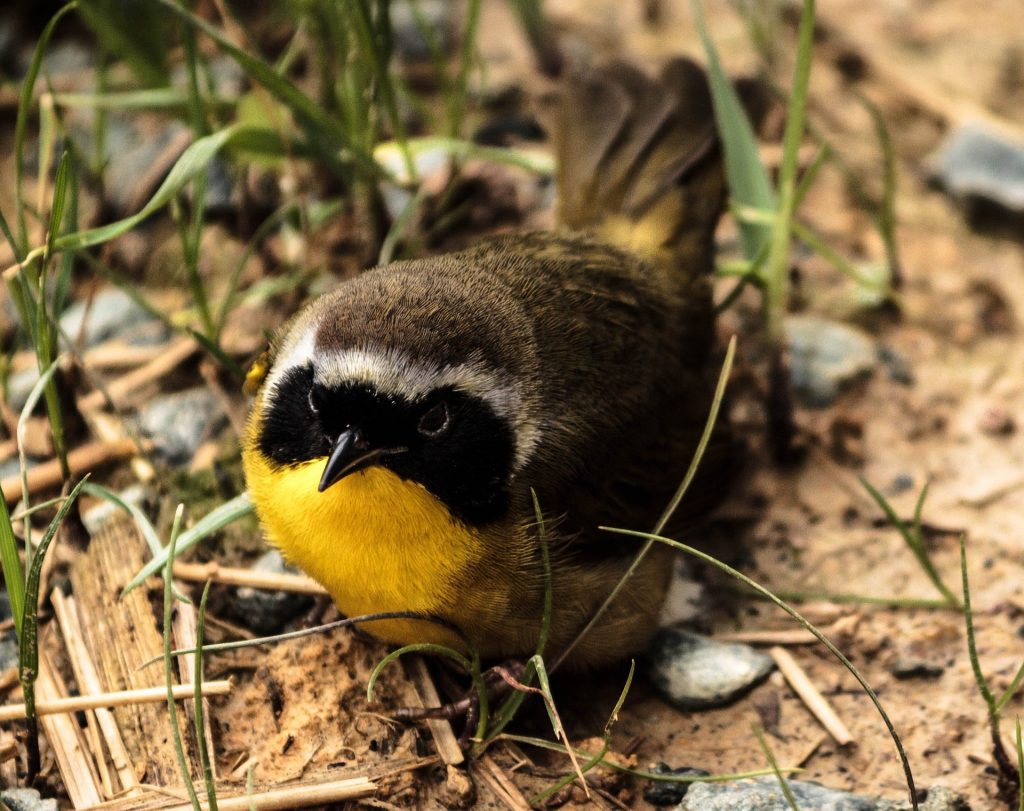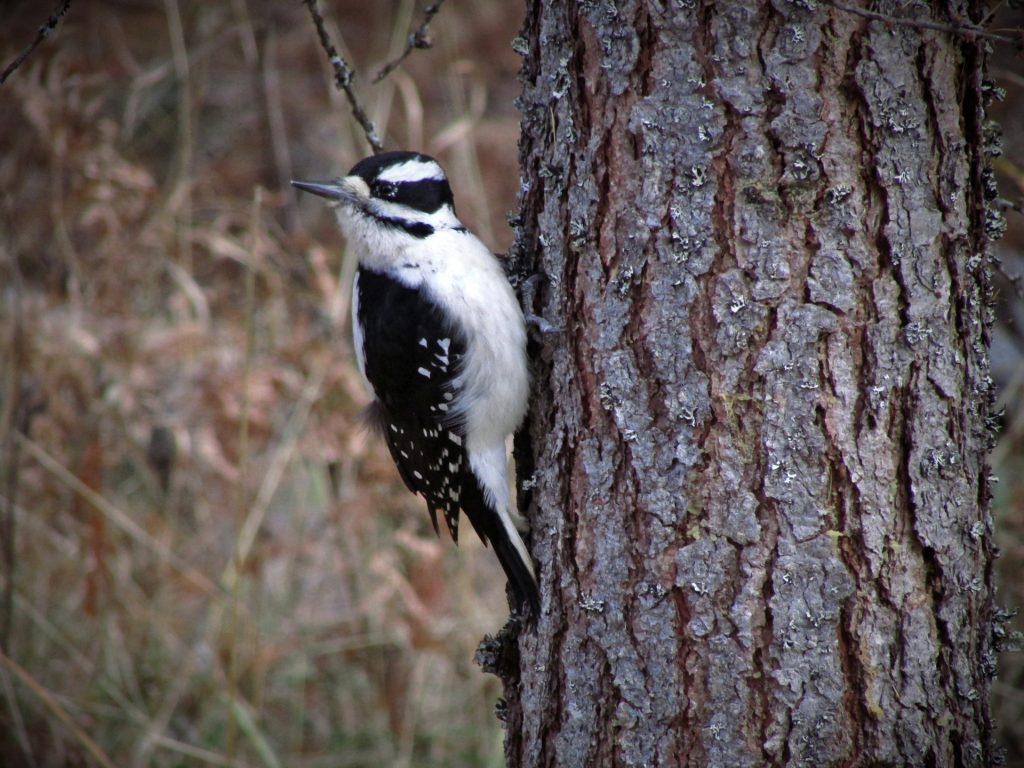Wildlife and Plant Modeling
Wildlife and plant habitat modeling is a specialized type of the modeling services that ECOSTEM provides.
ECOSTEM has produced and/or refined numerous wildlife and plant habitat models.
Examples of areas of expertise:
- Wildlife habitat modeling.
- Plant habitat modeling.
- Hierarchical resource selection.
- Species conceptual models.
- Modeling wildlife or plant responses to human or natural disturbance.
- Statistical modeling to test for project effects.
MORE CONTENT COMING SOON
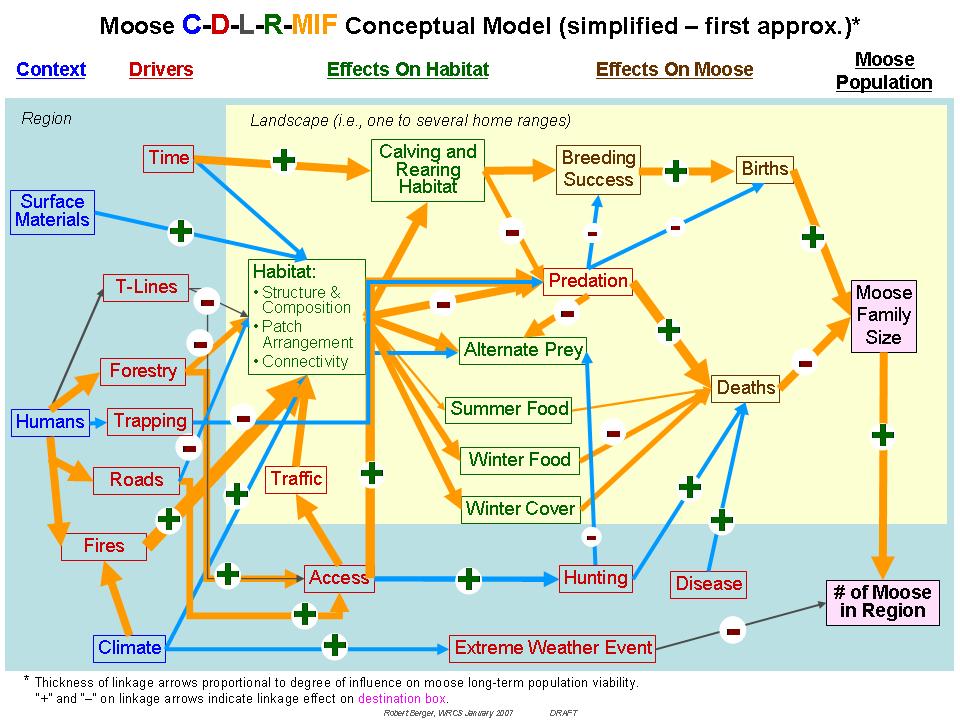
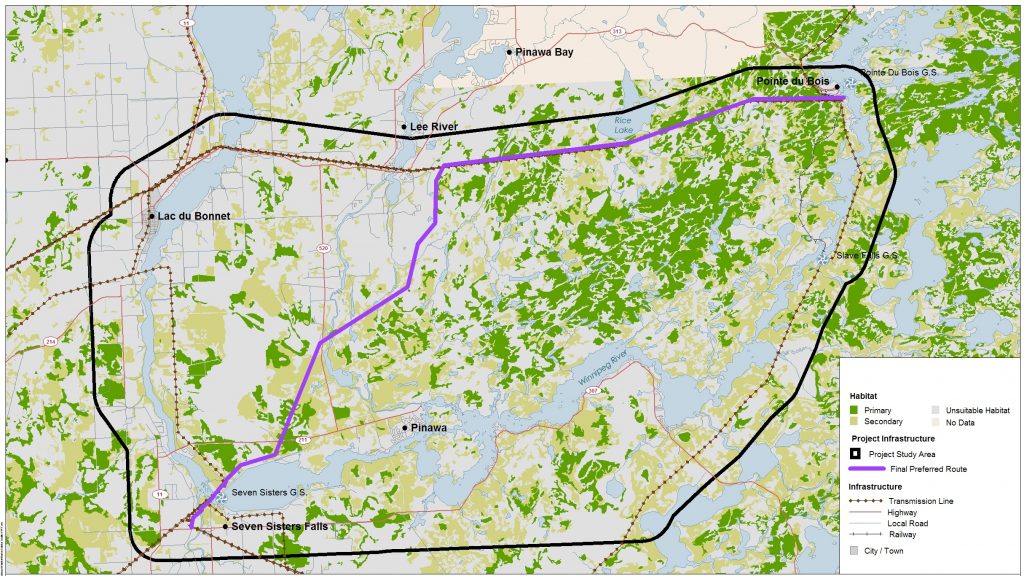
Example Projects
Pileated Woodpecker Multi-Scale Habitat Quality Model
Using data collected from a four-year forest bird monitoring program for a different client, we developed a spatially explicit, multi-scale habitat selection model for application to forest inventory polygons.
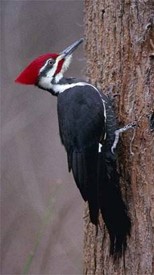
Wuskwatim Generation Project
The Wuskwatim Generation Project is a 200 MW hydro-electric generating station with a 48 km long main access road.
Multilevel, mixed modeling was used to determine whether breeding birds were significantly affected by access road disturbance. This analysis focused on whether bird diversity or abundance changed with proximity to the main access road.

Keeyask Generation Project
ECOSTEM co-designed the wildlife studies for the environmental monitoring, and is completing the modeling and advanced statistical analyses of the monitoring data. The following are examples of the types of studies that are being conducted.
- Assigning habitat attributes to species observations.
- Specialized habitat mapping for selected species.
- Power analysis of data to adaptively manage the sampling design.
- Determining the degree to which the project is creating sensory disturbance to caribou, moose and bird species at risk.
- Validate and refine habitat quality models for selected species.
- Geospatial analysis of observation data.
Manitoba Bird Habitat Suitability Index Model Validation
For this project, ECOSTEM validated ten bird habitat suitability index models developed by the Manitoba Forestry/ Wildlife Management Project using field data collected in eastern Manitoba. We provided recommendations for model improvements.



